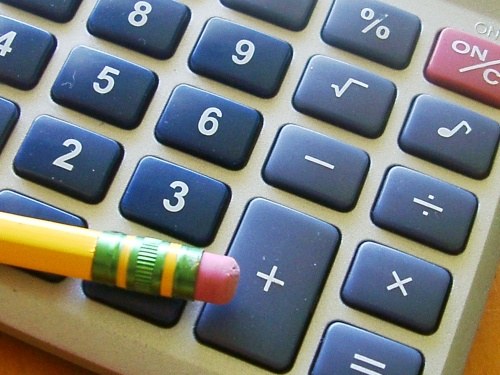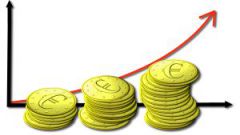You will need
- - chart of accounts;
- - regulatory documents.
Instruction
1
As a rule, tools of accounting are the chart of accounts. So, before you go to practice, learn all accounts.
2
Each operation is indicated by means of double entry, that is any movement is recorded as debit and credit. This is done in order to balance out. So learn to break each economic operation in the debit and credit. For example, you paid through the clearing account to the vendor for previously purchased merchandise. That is the amount you were previously have decreased. Your debts are recognised on the loan, so the payment amount for the debit note. But if you pay you from the account left money means from the settlement account departed. Thus, the account 51 "Settlement accounts", click on credit.
3
Learn how to break the account into active, passive and actively-passive. Usually active are those accounts which reflect the information about the assets of the organization, for example, 01 "fixed assets", 10 "Materials" and others. On passive accounts accounted for the sources of these assets, for example, 83 "added capital", 99 "Profits and losses" and others. Active-passive accounts are intended to reflect the assets and sources of their formation, for example, 40 "output of products".
4
After learning all these theoretical knowledge can start solving tasks. To read the condition. To simplify you can make notes on your draft. For example, to understand where the funds come from and where they fail, use the arrows. For example, when paying a provider through the account in one side, draw a Bank on the other provider; from the Bank will draw the arrow. So you will have a clear idea where it went.
5
Raschertite leaf notebook so that turned out like the letter "T". This is to ensure that you had the opportunity to write the solution of the problem using the so-called "accounting language".
6
When solving the problem refer to normative documents, for example, PBU, methodological instructions and other instructions.





